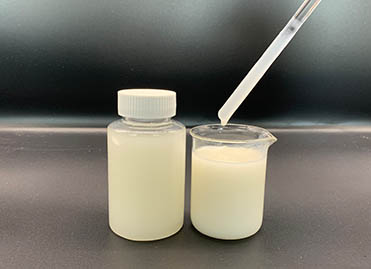
Today, a revolutionary product—Easy-Dose Polyacrylamide Emulsion—is gaining prominence in the water treatment sector due to its exceptional convenience and high performance.
Click to view →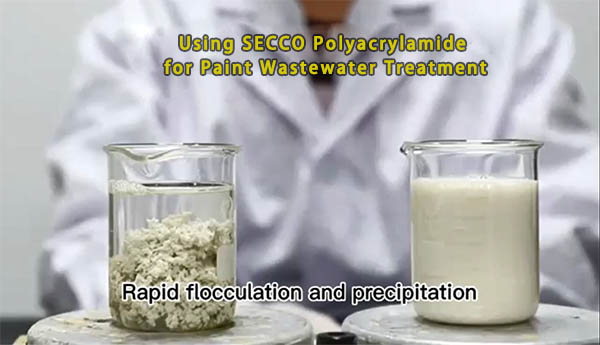
Treating paint wastewater with polyacrylamide (PAM) is a classic and highly effective application. Below is a detailed breakdown of the principles, polymer selection, operational procedures, and key considerations.
Click to view →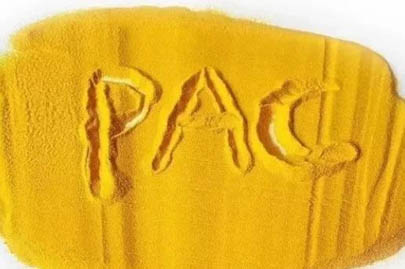
Polyaluminium Chloride (PAC) is a new type of water purification material and inorganic polymer coagulant, abbreviated as polyaluminum. It is a water-soluble inorganic polymer that lies between AlCl3 and Al(OH)3.
Click to view →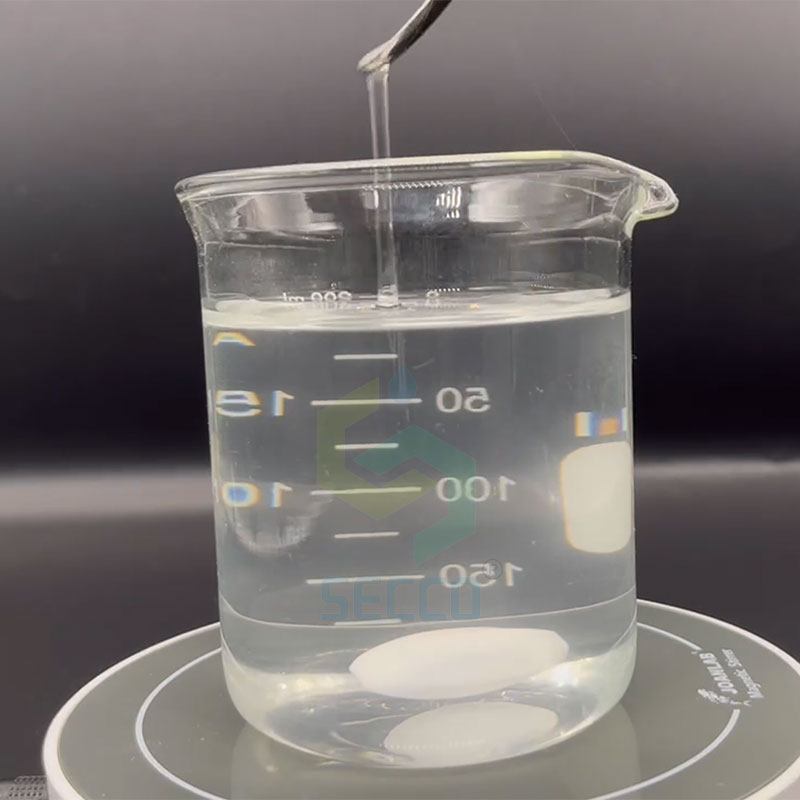
Proper dissolution of Polyacrylamide (PAM) is critical for achieving its optimal performance as a flocculant. Incorrect practices lead to clumping ("fish eyes"), gel formation, and molecular degradation, rendering it ineffective.
Click to view →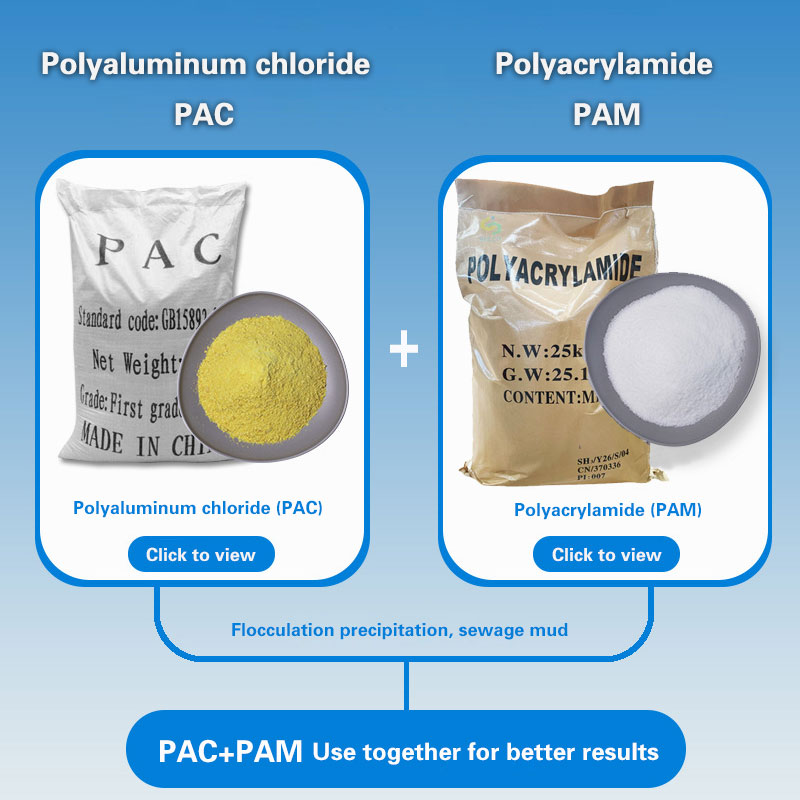
In simple terms, PAC and PAM are a classic "dynamic duo" in wastewater treatment, typically used together in the coagulation and flocculation process.
Click to view →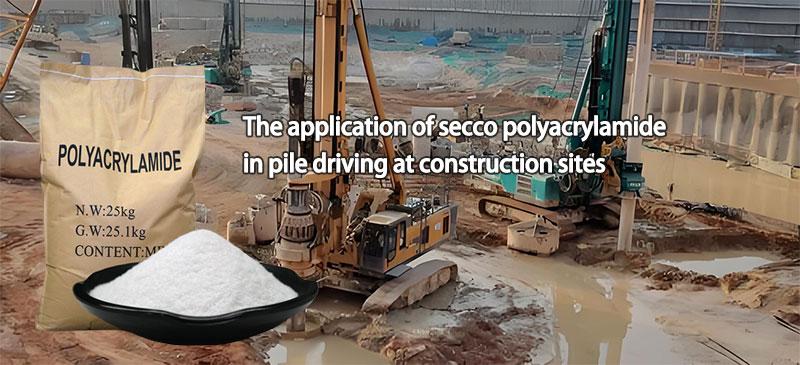
PAM is the abbreviation of polyacrylamide. What roles does it play in drilling? In drilling, it is mainly used as drilling fluid. It can achieve the following effects.
Click to view →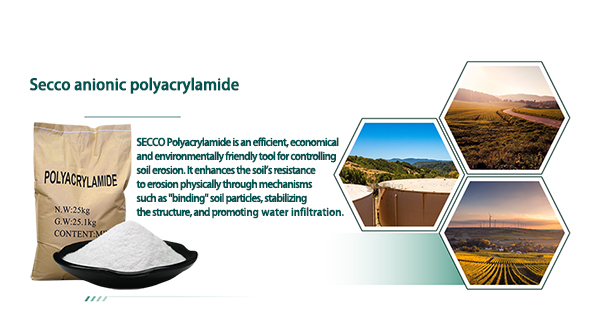
This is a detailed explanation of the role of secco polyacrylamide in preventing soil erosion.
Click to view →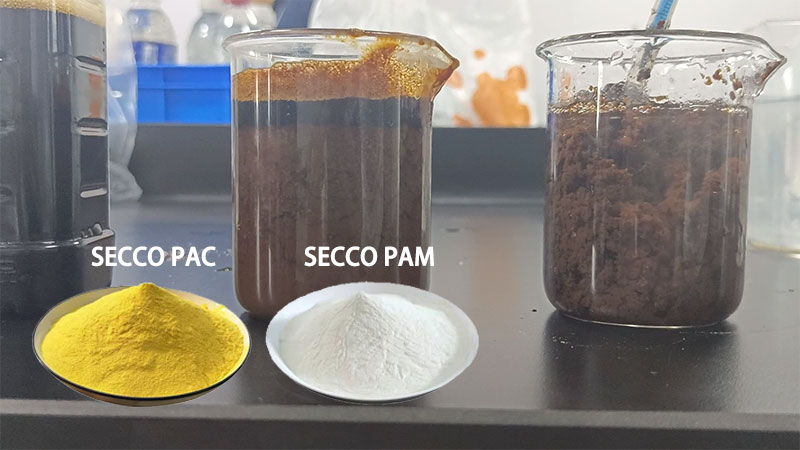
As a trusted supplier of water treatment chemicals, we provide targeted solutions using Polyaluminium Chloride (PAC)and Polyacrylamide (PAM)to address these challenges efficiently.
Click to view →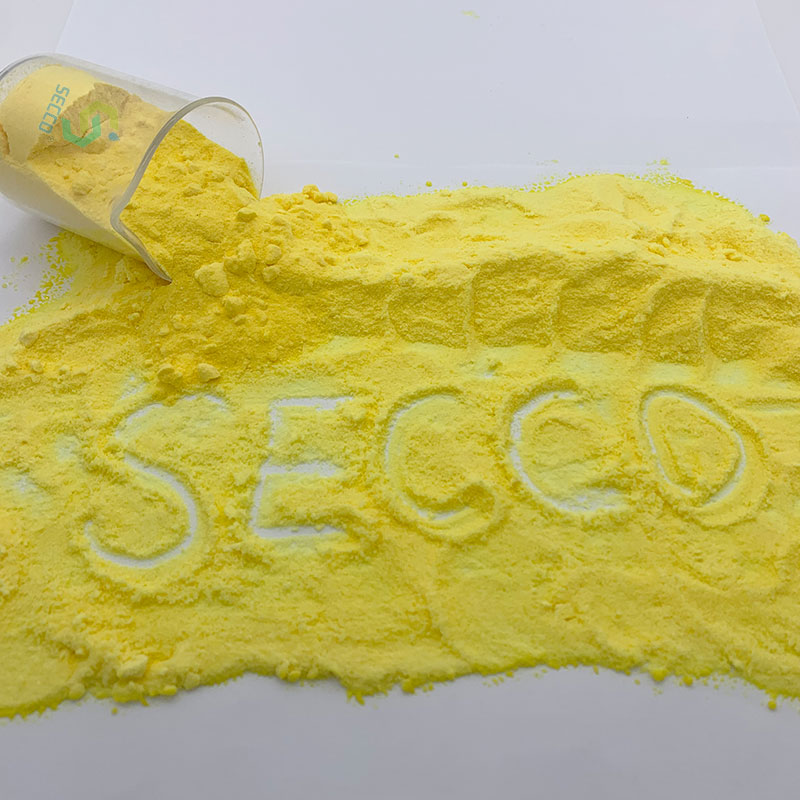
Poly Aluminum Chloride (PAC) is an inorganic polymer coagulant that has revolutionized water treatment processes worldwide. This high-efficacy coagulant and flocculant offers superior performance compared to traditional aluminum salts like alum, providing better turbidity removal, reduced sludge production, and wider pH adaptability.
Click to view →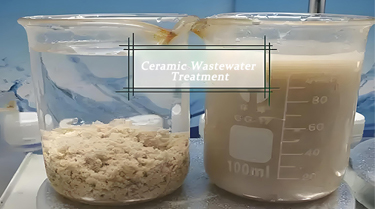
Selecting the correct type of Polyacrylamide (PAM) is crucial for efficient and cost-effective treatment of ceramic wastewater. The primary goal is to rapidly remove suspended solids (SS) through coagulation and flocculation.
Click to view →If you are interested in our products or have any questions, please fill in the form below. We will contact you immediately after receiving it. Thank you for your choice